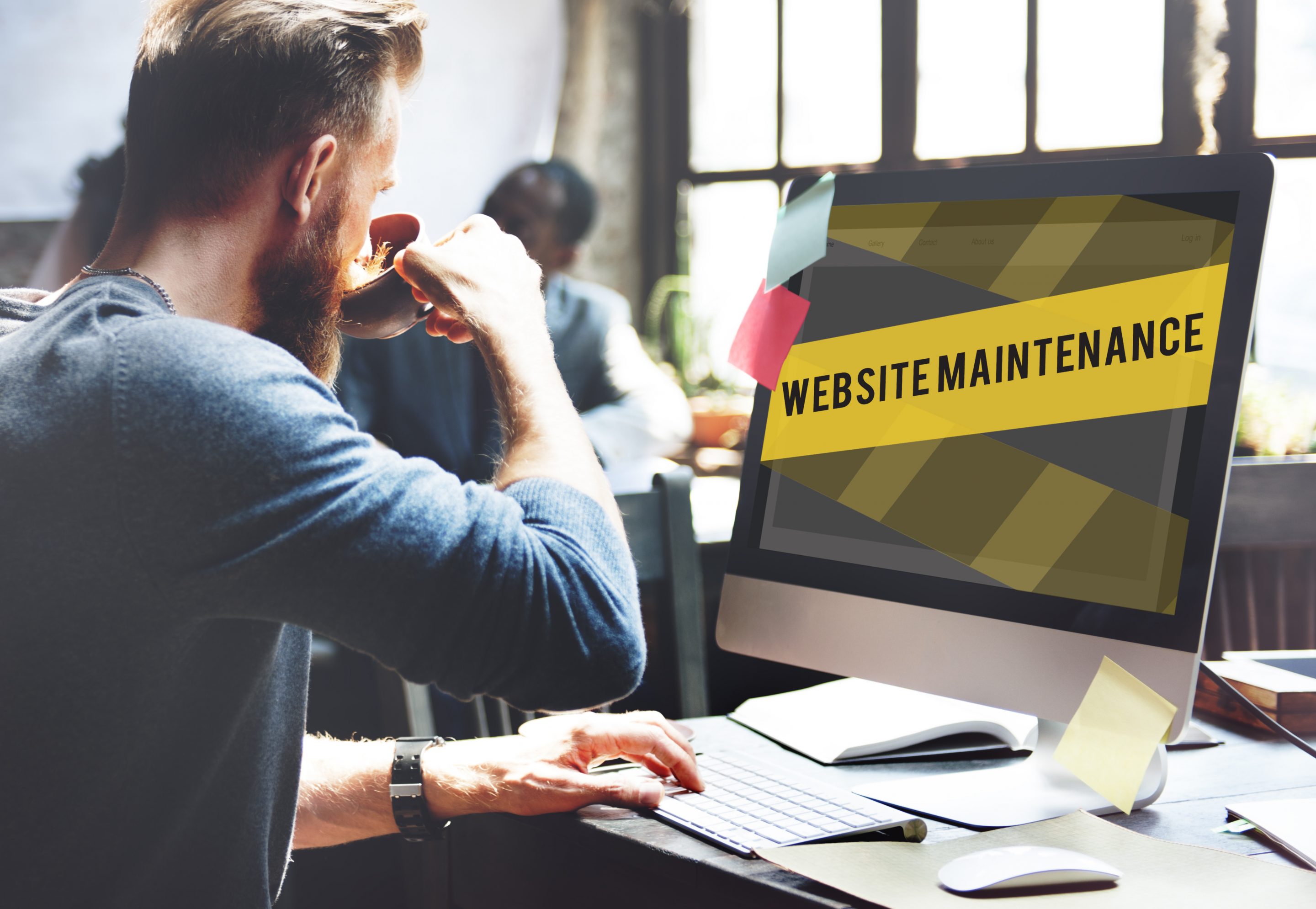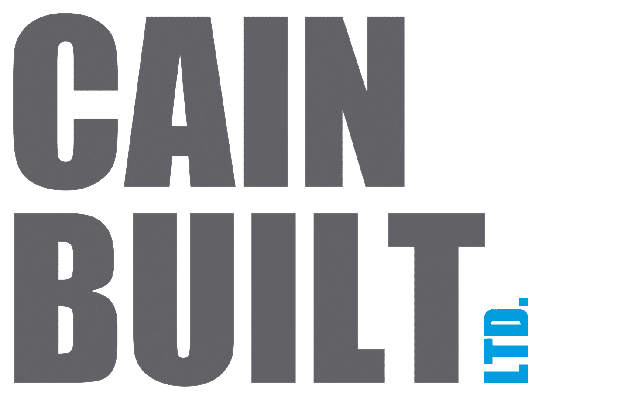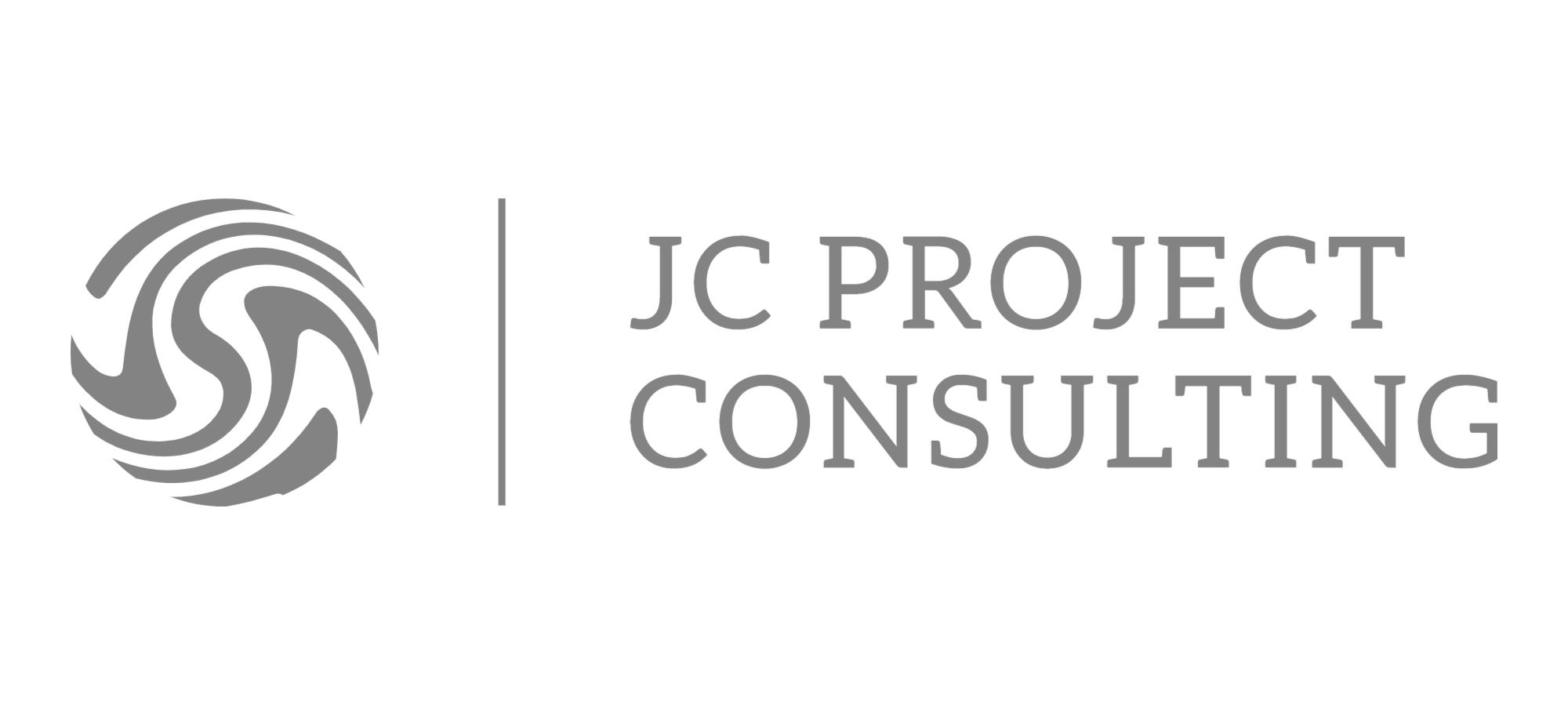What Does Website Maintenance Include?
Website maintenance involves multiple tasks that help keep your website running trouble-free and competitively. Some of the most common tasks include:
Security Updates
As mentioned earlier, regular security updates are necessary for protecting your website from potential hackers and cyberattacks. This consists of updating your core WordPress software and all of your plugins and themes.
Software Updates
In addition to security updates, it’s also important to consistently update your website software. Updating your core WordPress software and all of your plugins and themes will give you control of your software to be updated. You can take advantage of the latest features and improvements and fix any bugs that may have been detected.
Backups
Routinely backing up your website is a high priority for protecting your data in case something goes wrong. Take into account backing up your website files, as well as your database. Having a recent backup of your website can quickly restore your site in case of an emergency.
Optimisation
Optimisation is also a huge part of the process as this will take optimising images, minifying code and removing broken links. A comprehensive optimisation strategy should involve a variety of roles to ensure your website performs seamlessly, including:
- SEO
- Analytics
- UX and product design
- Backend engineering (web development)
- Conversion rate optimisation (CRO) and landing page optimisation
- Copywriting
Website optimisation is often about making small refinements to parts of your website. These changes might seem like minor improvements on their own, but taken together, they will have a massive impact on your site’s organic search results and user experience. When done right, tiny changes drive huge results.
Content Updates
Content updates entail updating blog posts, adding new products to your e-commerce site, and ensuring that all of your contact information is accurate. You’ll want to ensure that your website is up-to-date and secure so visitors don’t see outdated or inappropriate content.

Frequency of Website Maintenance
The frequency of website maintenance depends on your website type and how often you update it. For example, if you have a small business website that stays mostly the same, you may only need to perform maintenance once a month. However, if you have an e-commerce site that is updated frequently, you may need to perform maintenance every week. Depending on the function of your website and or the nature of the business that it is supporting, you might need to undertake maintenance more regularly than most. It is important that you factor this into your overall plan and vision for the future of your website.
Other changes
Maintaining your website by yourself will save you from keeping up with maintenance contracts, but willfully hiring a web developer to do it for you will pave the way for your website maintenance management at ease and save time cause they know what exactly needs to be done. You can get in touch with Mars Digital to book your free consultation and to understand the right solutions for your business.
How to Perform Website Maintenance on WordPress Websites
Performing website maintenance on a WordPress website is considerably easy and can be done by anyone with basic technical skills. Here are the steps you need to take to perform website maintenance on your WordPress website:
Step 1: Update Your Core WordPress Software
The first step in website maintenance on a WordPress website is updating your core WordPress software. To do this, log in to your WordPress dashboard and navigate to the “Updates” section. From here, you can update your core WordPress software and any plugins or themes that need to be updated.
Step 2: Backup Your Website
The next step in performing website maintenance on a WordPress website is to backup your website. There are several plugins available that can help you backup your website, such as UpdraftPlus and BackupBuddy.
Step 3: Optimise Your Website
As mentioned previously, these are actions that involve optimising images, minification of code, and broken links removal. Minification is important because it improves both site speed and search robot crawlability. Websites and online applications that use minified code take less time to load, mainly because of lower bandwidth use and faster script execution, which in turn increases user satisfaction. Several plugins can help you optimise your website, such as WP Optimize and WP Smush.
Step 4: Update Your Content
The final step in website maintenance on a WordPress website is updating your content. This includes updating blog posts, adding new products to your e-commerce site, and ensuring that all of your contact information is accurate. Keeping the content up to date on your site helps build trust between you and your customers. Most likely, customers rely on your site for useful information on whatever market you are in. Updated information also helps build domain authority.
Conclusion
Website maintenance is a prerequisite for keeping your website running smoothly and efficiently. One key thing to remember is that website maintenance is one of the most important parts of maintaining a healthy customer experience. Not being able to implement it might lead you to potential hackers and take advantage of your vulnerability which will be the cause of security breaches or data loss.
It only takes around 50 milliseconds for visitors to have an opinion of your website. Make sure you give a great first impression. Improvements on your website reflects your business’ quality. A well-maintained website allows for a better customer feel because it’s easier to navigate, letting users find what they need quickly, attracting new customers and retaining existing ones.
By having a regular check-up of your site, you can manage to add new features or plugins to help you stay on top of trends in design and technology. Following the steps outlined in this guide, you can efficiently perform website maintenance on your WordPress website and ensure that your site is always in top shape.
If you’d like to read more in-depth, then I’d highly recommend checking out the DesignRush on website maintenance.



![The Importance of Mobile Optimisation for Websites [Responsive Design]](https://marsdigital.co.nz/wp-content/uploads/2022/10/Website-Mockups-3D-Online-150x150.png)
![6 Tips for Creating High Converting Landing Pages [in 2023]](https://marsdigital.co.nz/wp-content/uploads/2022/12/DALL·E-2022-12-22-18.43.46-astronaut-sitting-on-a-rock-on-Mars-building-a-website-with-his-laptop-on-his-knee-150x150.png)































